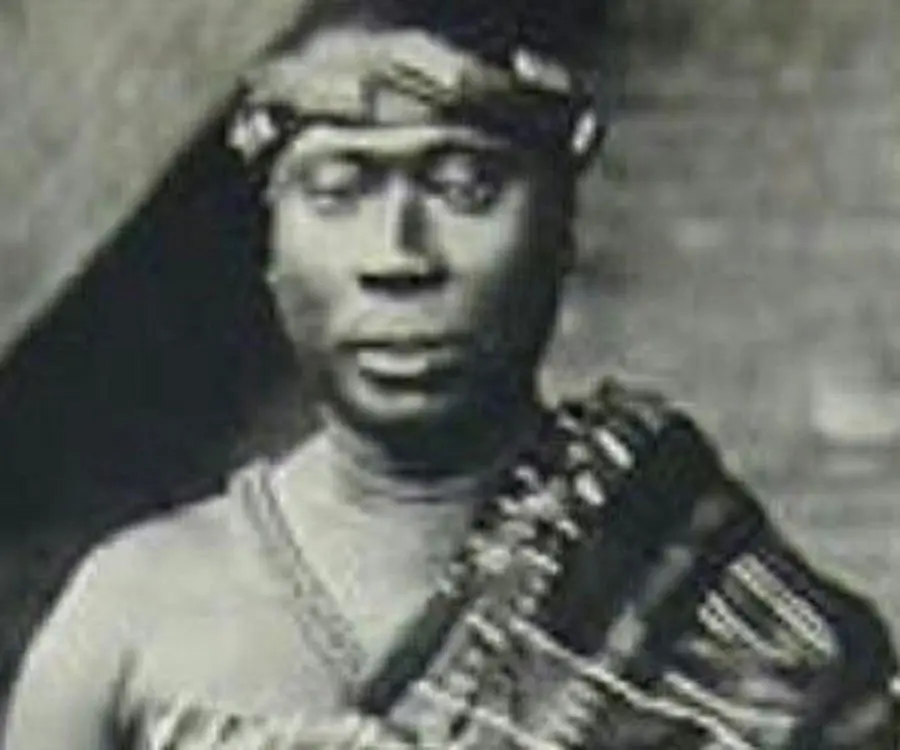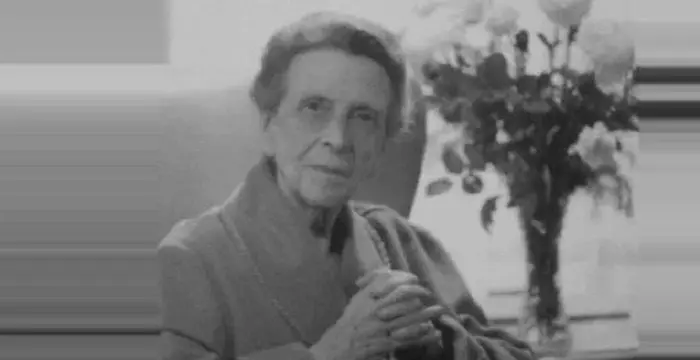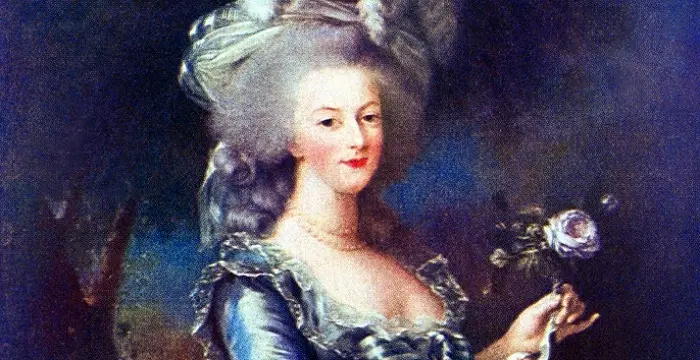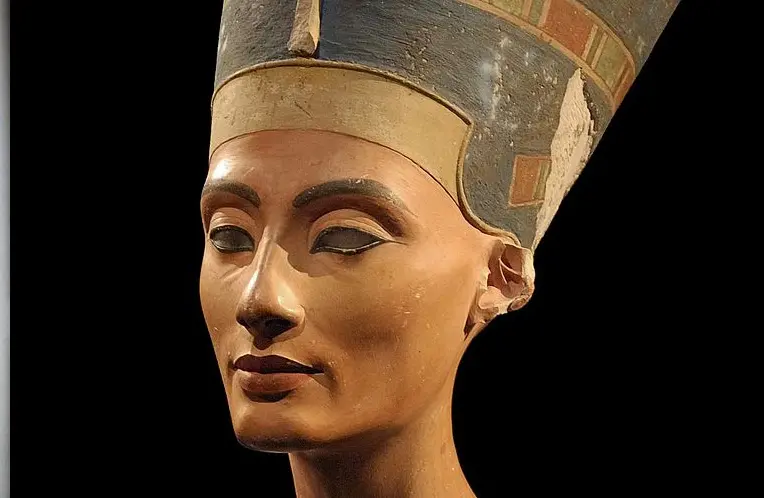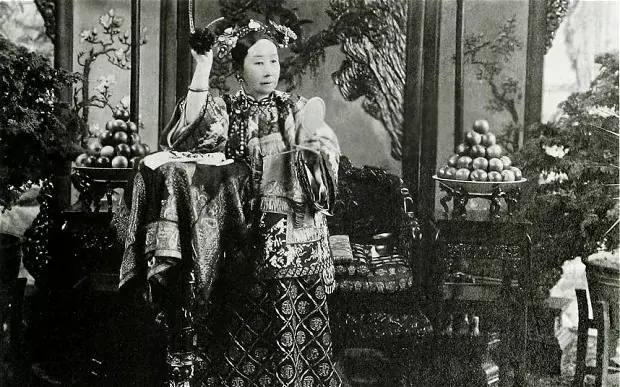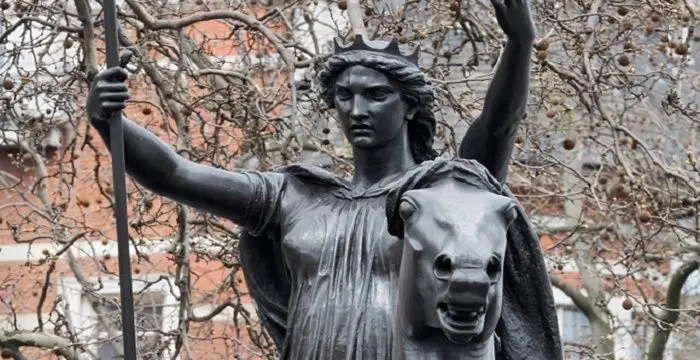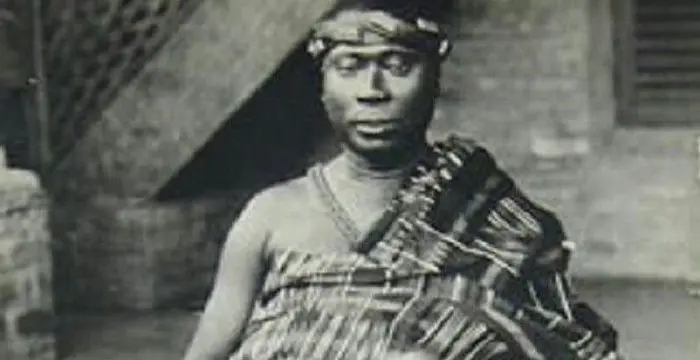
Yaa Asantewaa - Ghanaian Women, Birthday and Personal Life
Yaa Asantewaa's Personal Details
Yaa Asantewaa was queen mother of Ejisu in the Ashanti/Asante Empire
| Information | Detail |
|---|---|
| Birthday | 1840 |
| Died on | October 17, 1920 |
| Nationality | Ghanaian |
| Famous | Historical Personalities, Empresses & Queens, Empresses, Ghanaian Women, Queens, Queens Mother |
| Siblings | Afrane Panin |
| Childrens | Prempeh I |
| Birth Place | Besease |
| Born Country | Ghana |
| Gender | Female |
| Father | Kwaku Ampoma |
| Mother | Ata Po |
| Born in | Besease |
| Famous as | Queens Mother |
| Died at Age | 80 |
// Famous Ghanaian Women
Esther Afua Ocloo
Esther Afua Ocloo was one of the founders of Women's World Banking. Check out this biography to know about her childhood, family life, achievements and other facts about her life.
Yaa Asantewaa's photo
Who is Yaa Asantewaa?
Yaa Asantewaa was queen mother of Ejisu in the Ashanti/Asante Empire (presently in modern-day Ghana). Inducted queen mother by her brother, Nana Akwasi Afrane Okpese, the ruler of Edwesu, she nominated her grandson as Ruler of Ejisu following her brother’s demise. The King of the Ashanti Prempeh I and grandson of Yaa Asantewaa were exiled to Seychelles in 1896 by the British. British governor, Sir Frederick Mitchell Hodgson demanded that the Golden Stool, the royal and divine throne of the Ashanti people be handed over to the British. A conference of the chiefs of the Asante kingdom was held. Disgusted with attitude of some chiefs who were scared to fight the British, Yaa Asantewaa, Gatekeeper of the Golden Stool, asserted that if the men doesn’t come forward, then women will fight. This charged up the men initiating the War of the Golden Stool, also known as the Yaa Asantewaa War that marked last war in a series of Anglo-Ashanti Wars. The British won the war and Yaa Asantewaa was exiled in the Seychelles where she died after two decades.
// Famous Empresses
Jetsun Pema
Jetsun Pema is the Queen consort of Bhutan. Check out this biography to know about her childhood, family life, achievements and fun facts about her life.
Princess Alice of Battenberg
Princess Andrew of Greece and Denmark, also known as Princess Victoria Alice Elizabeth Julia Marie of Battenberg, was the mother of Prince Philip, Duke of Edinburgh and mother-in-law of Queen Elizabeth II. This biography profiles her childhood, famil
Marie Antoinette
Marie Antoinette was the Queen of France and Navarre from 1774 to 1792. who played a major role in provoking the French Revolution. This biography of Marie Antoinette provides detailed information about her childhood and life
Childhood
She was born in c.1840 in Besease, Ashanti Empire as the elder of two children of Ataa Po and Ampomah of Ampabame. Her parents were farmers. Her brother, Nana Akwasi Afrane Okpese became the Edwesuhene that is ruler of Edwesu.
She grew up as other children of her community and cultivated crops around Bonankra, presently a town in south-central Ghana.
Events Leading to the Ashanti Uprising
Yaa Asantewaa had witnessed several events including civil war from 1883 to 1888 during her brother’s rule that posed threat to the future of the Ashanti Confederacy. She was inducted queen mother of Ejisu in the Ashanti Empire by her brother and following his death in 1894, she used such right and nominated her own grandson as Ejisuhene.
In 1896, the King of Asante Prempeh I, other members of the Asante government as also Yaa Asantewaa’s grandson were exiled by the British to the Seychelles following which she became regent of the Ejisu–Juaben district.
British colonial administrator Sir Frederick Mitchell Hodgson, the then governor-general of the Gold Coast, made a political error by demanding to sit on the royal and divine throne of the Ashanti people, the Golden Stool. He did not understand the significance of the Golden Stool that is the very symbol of the Ashanti people, living, dead, and yet to be born. Moreover he also commanded a search for the stool.
This led the rest of the members of Asante government to hold a confidential meeting at Kumasi to find out a solution to secure the king’s return.
Yaa Asantewaa was also present in the meeting. She was disgusted to see that some of the members of the council were fearful of getting into war with the British and were suggesting to earnestly requesting Hodgson to free the king rather than fight for the king’s return and dignity.
She addressed the council members reminding them of the gallantry days of their legends Osei Tutu, Okomfo Anokye and Opuku Ware I. She said if it were those days, the chiefs would not have let the king be captured and taken away without a combat and the white men would have never dared to speak to the Chief of Asante the way Hodgson did in the present day.
She then said that if the men of the Asante cannot come forward to wage war against the British then she will call her fellow women and fight the British till the last of them fall on the warfront. Such courageous and motivating words by her led to the initiation of the Ashanti Uprising. Many of the regional Asante kings selected her as war-leader of the Asante fighting force thus making her the first and only woman in history of Asante to play such a role.
The War of the Golden Stool
The War of the Golden Stool, also famous as the Yaa Asantewaa War, the Ashanti Uprising and the Third Ashanti Expedition that began in March 1900 marked the last war in a series of Anglo-Ashanti Wars fought between the Empire of Ashanti and British Imperial government of the Gold Coast.
A siege under leadership of Yaa Asantewaa was laid by the rebellion to the Kumasi fort where the British and their allies took refuge. The Ashanti cut telegraph wires, blocked all roads and food supplies and attacked relief columns.
Although a rescue team of 700 came in June 1900, they were unable to evacuate several sick men in the fort. However Hodgson and his wife with the rest including hundred Hausas managed to dodge the 12,000 Ashanti warriors to reach the coast.
After arriving at the coast Hodgson found a second rescue force of 1000 men who gathered from different British units and police forces. The rescue force under the command of Major James Willcocks fought several groups allied with the Ashanti on its way and suffered several casualties, particularly at Kokofu. The force arrived at Beckwai in early July 1900 and made it to Kumasi for the final assault on July 14. Willcocks ultimately relieved the Kumasi fort on the evening of July 15, when the inhabitants were a couple of days away from surrendering themselves.
The war concluded with a British victory in September 1900 while Yaa Asantewaa was captured along with 15 of her closest advisers and were exiled to the Seychelles for 25 years.
On January 1, 1902, the Ashanti territory subsumed into Crown Colony with the condition that sanctity of the Golden Stool would remain intact and not be violated by the British or any other non-Akan foreigners.
As the Ashanti thrived in retaining the divine stool, they claimed victory. Although they were annexed to the British Empire, they maintained their de facto independence and gave little or no deference to the colonial power.
Casualties of the war included around 2000 from the Ashanti side and 1007 from the side of the British and its allies. The British searched for the Golden Stool till 1920. It was hidden deep in the forests during the war and was accidentally unearthed by road workers in 1920. The labors took the golden ornaments from the stool thus making it powerless in the eyes of the Ashanti. A court of Ashanti gave death penalty to the laborers for such desecration, however they were ultimately sent to exile following intervention of the British officials.
Death of Yaa Asantewaa & Legacy
On October 17, 1921, Yaa Asantewaa died in the Seychelles during her exile and three years later on December 27, 1924, King Prempeh I and the other Ashanti court members were permitted to return from exile. The king travelled in a special train to Kumasi. He ensured that Yaa Asantewaa’s remains as also those of other Asante people exiled were brought back to the Ashanti Empire for a befitting royal burial.
The courageous and leadership role played by Yaa Asantewaa in confronting British colonial rule has evolved her as a much revered and inspirational figure in the history of both Ashanti and Ghana.
The Yaa Asantewaa Girl's Senior High School (Yagshs), located in Kumasi is named after her. The school established by the first President of Ghana Dr. Kwame Nkrumah in 1951 started with funds from the Ghana Education Trust in 1960.
Meanwhile on March 6, 1957, the Ashanti protectorate garnered freedom as part of Ghana thus realising the dream of Yaa Asantewaa for an Ashanti free of colonial ruling.
In 1986, an African-Caribbean arts and community centre located in Maida Vale, west London, was named after her as the Yaa Asantewaa Centre.
A centenary celebration was held in Ghana for a week in 2000 acknowledging her achievements. On August 3, a museum was dedicated to her at Kwaso in the Ejisu–Juaben District as part of the celebration.
In 2001 a TV documentary ‘Yaa Asantewaa – The Exile of King Prempeh and the Heroism of An African Queen’ by Ivor Agyeman–Duah was released in Ghana.
Margaret Busby written and Geraldine Connor directed stage show ‘Yaa Asantewaa: Warrior Queen’ that featured an all African cast including master drummer Kofi Ghanaba was staged across the UK and Ghana during 2001-02.
A Margaret Busby written radio drama on Yaa Asantewaa was also broadcast on BBC Radio Four's radio magazine program Woman's Hour from October 13 to 17 in 2003.
In an unfortunate incident of fire that took place on July 23, 2004, her sandals and battle dress (batakarikese) along with many other ancient items were destroyed. Another festival on her was held from August 1 to 5 in 2006 in Ejisu.
Personal Life
She got into a polygamous marriage with a Kumasi man and had a daughter from the marriage called Nana Ama Serwaah of Boankra.
Yaa Asantewaa biography timelines
- // 1840She was born in c.1840 in Besease, Ashanti Empire as the elder of two children of Ataa Po and Ampomah of Ampabame. Her parents were farmers. Her brother, Nana Akwasi Afrane Okpese became the Edwesuhene that is ruler of Edwesu.
- // 1888Yaa Asantewaa had witnessed several events including civil war from 1883 to 1888 during her brother’s rule that posed threat to the future of the Ashanti Confederacy. She was inducted queen mother of Ejisu in the Ashanti Empire by her brother and following his death in 1894, she used such right and nominated her own grandson as Ejisuhene.
- // 1896In 1896, the King of Asante Prempeh I, other members of the Asante government as also Yaa Asantewaa’s grandson were exiled by the British to the Seychelles following which she became regent of the Ejisu–Juaben district.
- // Mar 1900The War of the Golden Stool, also famous as the Yaa Asantewaa War, the Ashanti Uprising and the Third Ashanti Expedition that began in March 1900 marked the last war in a series of Anglo-Ashanti Wars fought between the Empire of Ashanti and British Imperial government of the Gold Coast.
- // Jun 1900Although a rescue team of 700 came in June 1900, they were unable to evacuate several sick men in the fort. However Hodgson and his wife with the rest including hundred Hausas managed to dodge the 12,000 Ashanti warriors to reach the coast.
- // Sep 1900The war concluded with a British victory in September 1900 while Yaa Asantewaa was captured along with 15 of her closest advisers and were exiled to the Seychelles for 25 years.
- // 1st Jan 1902On January 1, 1902, the Ashanti territory subsumed into Crown Colony with the condition that sanctity of the Golden Stool would remain intact and not be violated by the British or any other non-Akan foreigners.
- // 17th Oct 1921 To 27th Dec 1924On October 17, 1921, Yaa Asantewaa died in the Seychelles during her exile and three years later on December 27, 1924, King Prempeh I and the other Ashanti court members were permitted to return from exile. The king travelled in a special train to Kumasi. He ensured that Yaa Asantewaa’s remains as also those of other Asante people exiled were brought back to the Ashanti Empire for a befitting royal burial.
// Famous Queens
Jetsun Pema
Jetsun Pema is the Queen consort of Bhutan. Check out this biography to know about her childhood, family life, achievements and fun facts about her life.
Princess Alice of Battenberg
Princess Andrew of Greece and Denmark, also known as Princess Victoria Alice Elizabeth Julia Marie of Battenberg, was the mother of Prince Philip, Duke of Edinburgh and mother-in-law of Queen Elizabeth II. This biography profiles her childhood, famil
Marie Antoinette
Marie Antoinette was the Queen of France and Navarre from 1774 to 1792. who played a major role in provoking the French Revolution. This biography of Marie Antoinette provides detailed information about her childhood and life
Nefertiti
Neferneferuaten Nefertiti was an Egyptian queen and chief consort of Akhenaten, an Egyptian Pharaoh. This biography profiles her childhood, family, life as queen, accomplishments, death, and other facts.
Empress Dowager Cixi
Empress Dowager Cixi was a Chinese empress dowager and regent of the Qing Dynasty. This biography profiles her childhood, rise to power, rule, administration and other interesting facts.
Boudica
Boudica was a queen of the Celtic Icenic tribe, who led an uprising against Roman invaders. Check out this biography to know about her childhood, family, achievements, etc.
Yaa Asantewaa's FAQ
When was Yaa Asantewaa died?
Yaa Asantewaa was died at 1920-10-17
Which age was Yaa Asantewaa died?
Yaa Asantewaa was died at age 80
Where is Yaa Asantewaa's birth place?
Yaa Asantewaa was born in Besease
What is Yaa Asantewaa nationalities?
Yaa Asantewaa's nationalities is Ghanaian
Who is Yaa Asantewaa siblings?
Yaa Asantewaa's siblings is Afrane Panin
Who is Yaa Asantewaa childrens?
Yaa Asantewaa's childrens is Prempeh I
Who is Yaa Asantewaa's father?
Yaa Asantewaa's father is Kwaku Ampoma
Who is Yaa Asantewaa's mother?
Yaa Asantewaa's mother is Ata Po
How famous is Yaa Asantewaa?
Yaa Asantewaa is famouse as Queens Mother

